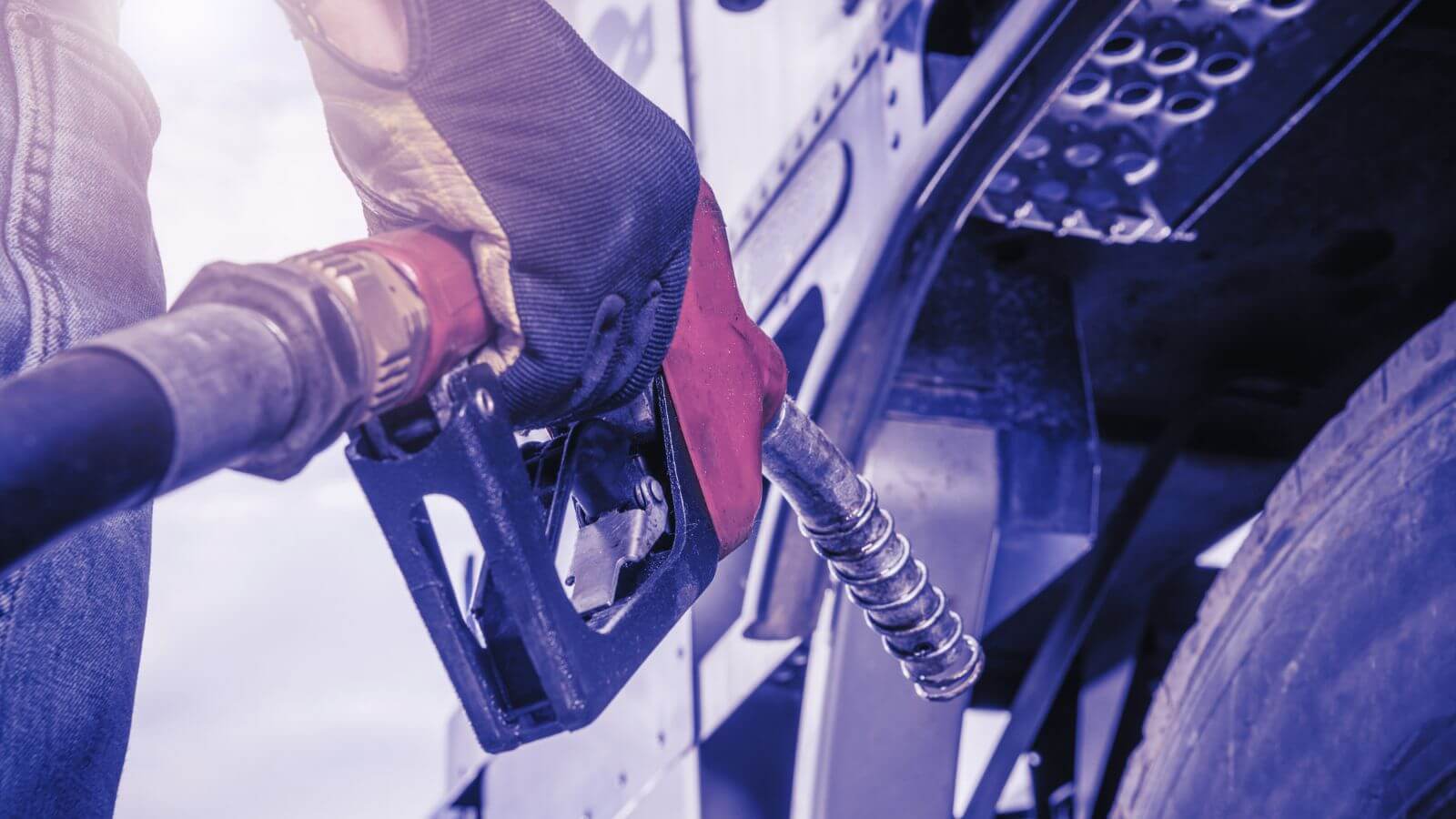If your trips to the fuel pump have been giving you whiplash, you’re not alone. On the heels of this summer’s dip in diesel cost, word came this month that diesel was back up to its highest point since February.
As anyone involved in transportation knows, managing fuel expenses often implies grappling with seismic shifts in prices, unpredictability being the only predictable factor. These fluctuations can meddle with operational rhythms and in the worst cases can put trucking companies in the red.
But we at Cover Whale have a solution, and if you’re familiar with the way we roll, it should come as no surprise that it involves driver safety. Whether it’s new crash reporting guidelines or saving our policyholders on premium charges, Cover Whale has a way of bringing everything back to safety. After all, it’s baked right into our mission statement: “using technology to make the world safer.”
But we’re not simply reverting to what we know. Even the U.S. Department of Energy agrees: safe driving doesn’t just protect drivers and pedestrians — it can also save you on fuel costs.
Safety Means Savings: Achieving Fuel Efficiency
Smooth Acceleration and Deceleration: Not only are harsh acceleration and hard braking proven safety hazards that lead to more frequent and costlier insurance claims, but they also consume fuel at a higher rate. The Cover Whale Driver Safety Program advocates smooth and controlled driving which significantly improves fuel efficiency.
Maintaining Optimal Speed: Telematic data directly gathered from our policyholders’ dashcams proves that speeding is one of the greatest predictors of accidents. Speeding also degrades fuel efficiency. Our Driver Safety Program coaches truckers about maintaining speeds within safe and legal limits to improve both loss prevention and fuel consumption.
Reducing Idle Time: Extended idle times are silent fuel drains. An action as simple as turning the engine off when halted can save fuel and guarantee increased safety in certain scenarios.
Optimizing Shifting: Improper gear shifting can be a hidden fuel guzzler. Minimizing gear shifting does more than just ensure a vehicle operates in a more fuel-efficient manner. It is also a key safe-driving practice and extends the life of the engine and transmission.
Regular Vehicle Checks: Routine vehicle maintenance is key to improving fuel economy and safety. Optimally inflated tires and tuned engines can drastically reduce fuel consumption and keep drivers and their freight safe.
In the face of temperamental diesel prices, instilling these safety-first driving habits can offer improved fuel efficiency, mitigating unwieldy fuel costs.
By prioritizing safety-first driving habits, fleet operators and owner-operators can drive down the fuel component of their operating expenses, not to mention maintenance costs, insurance premiums, the wasteful downtime associated with accidents — and, of course, they can help make the roads safer for drivers and those with whom they share the road.

